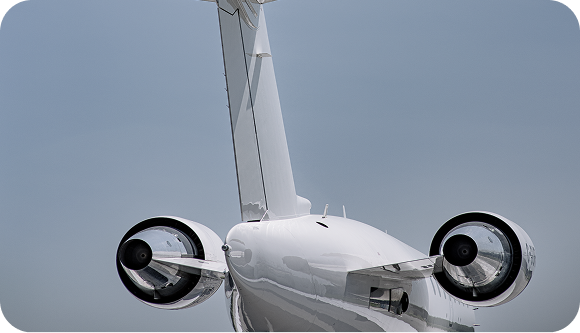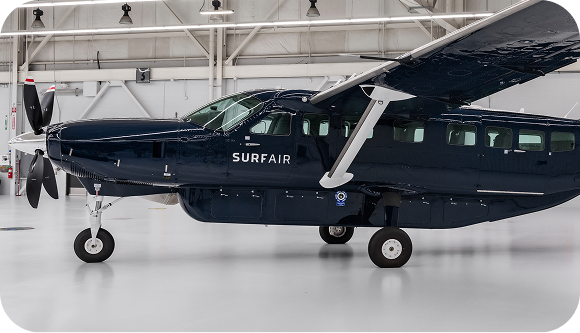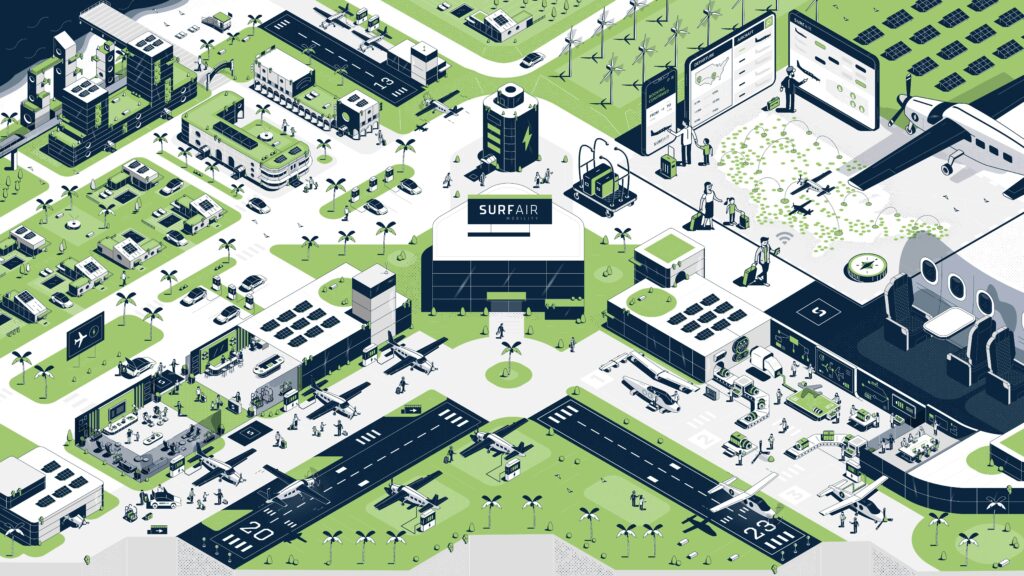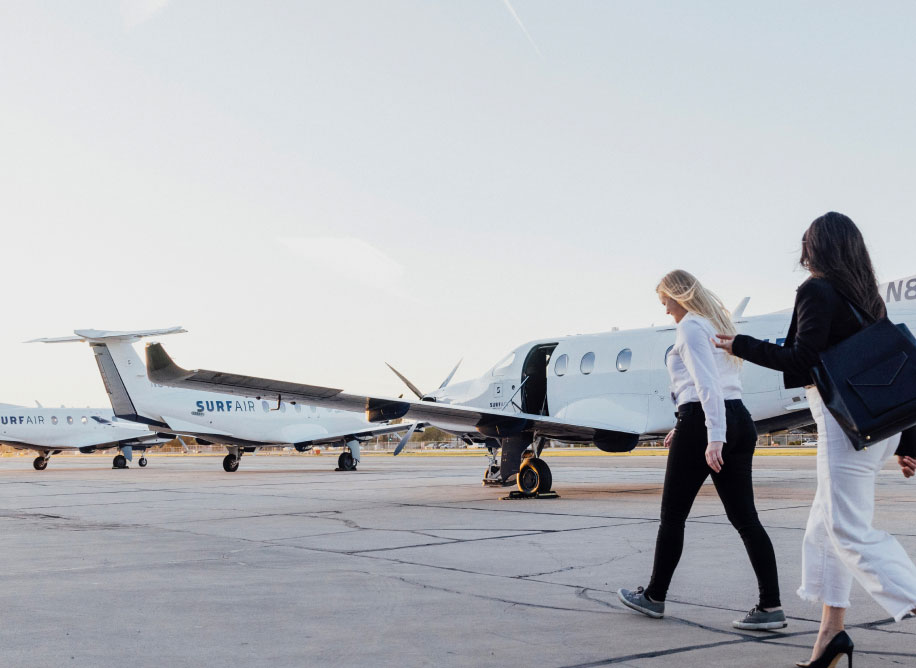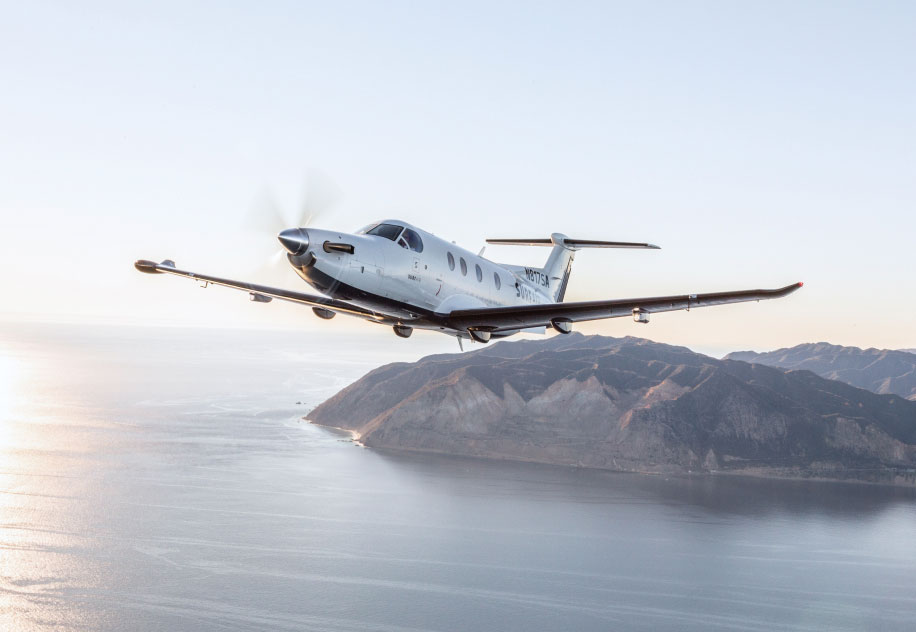A national flight network of electrified, short-haul, on-demand aircraft, with takeoffs and landings happening within a short drive of a majority of Americans, isn’t just a futuristic possibility. In-depth analyses by NASA researchers and consultants at McKinsey found regional air mobility, and a broad shift towards flying private hybrid-electric planes for distances of 500 miles or less, a feasible and wildly underappreciated way to improve how we travel and work. By 2025, experts estimate, the market for these flights could be worth $29 billion, with 130 million trips taken annually.
Local airports could, in the words of NASA researchers, “become the community hubs they were always meant to be.” Americans raised on car culture and consolidated flight networks would be more free to take to the skies as they see fit. And electrified small aircraft can help shrink the carbon footprint of the travel industry.
That such a significant transformation is possible today relies on the combination of rapidly accelerating advances in electrification and our nation’s robust, yet underappreciated, investments in airports and aviation infrastructure. Electric vehicles, or EVs have become a significant part of the auto industry in just the last five years. Sales have increased 40% since 2016, a growing list of incentives are enticing new buyers, battery efficiency has improved in leaps and bounds, and infrastructure investments are quickly ramping up. By 2030, 42 million charging stations will circle the globe. Aviation has directly benefited from this technological renaissance in electrical propulsion and battery power.
But without a place to land, this new generation of electric planes would be stalled by infrastructure needs. That’s where a multi decade national commitment to air travel comes in. Unbeknownst to many Americans who conflate the major carriers—and their high-volume, concentrated flight maps—with the aviation system, the country is covered in small- and medium-sized airstrips. The U.S. boasts 5,000 airports for public use, with the majority of Americans living within 16 minutes of an airport. Yet just 30 of them handle 70% of all travelers.
The imbalance is due to the way big planes and airlines dictate business plans. Economies of scale for jets and major carriers mean shaving off short-haul routes and smaller cities and operating out of a handful of hubs. Over the last few decades, short- and mid-distance air travel have been effectively erased from the travel landscape. Faced with few alternatives, Americans took 2.2 billion car trips of 100-500 miles in 2019; travelers drove 9.5 million times between Los Angeles and San Francisco alone, even though both regions have 8 airports between them.
A regional air model, both analyses concluded, offers better and more convenient travel, and with the ability to utilize hybrid-electric and eventually fully electric planes, dramatically reduces carbon emissions and pollution at the same time. The transportation status quo means long commutes, locking in more cars, and spending billions of dollars for highway maintenance and expansion.
Regional air also offers the kind of convenient, dignified flight experience only dreamed of at a major hub. As smaller locations become more busy and popular with an expanding regional air model, they’ll begin to offer the same food and beverage options, but with the ability to literally drive up to your departing flight and skip terminals and annoying safety lines. It’s a VIP experience for every passenger.
The benefits of a new aviation paradigm extend beyond the airfield. The NASA study specifically points out how the growth of this kind of air mobility, especially in the age of remote work and urban job concentration, could be a boon to small cities and towns. Community leaders should view underutilized public airstrips as zones for businesses, innovation, and sustainability: investing in regional air travel means improved transit centers, more jobs, small businesses, and with electric flight, an opportunity to support renewable power and hit emissions reductions targets. Public-use airports often sit on acres of land left sparse for safety reasons, creating the potential for megawatts of solar generation in support of greener aviation.
The future of such transportation technology includes next-generation electric planes that take off more quickly and quietly, making airports even better neighbors for surrounding communities, autonomous vehicles, and a future of fully renewably powered air travel. This is a market poised to explode, and that’s before factoring in the rising monetary and environmental costs of fossil fuel use, and recent and dramatic shifts in how Americans think about their jobs, offices, and commutes. But there’s no needed breakthrough or massive investment needed to kickstart this future. All the technology is in place and in operation. Regional air mobility can thrive today, and as the NASA analysis concludes, “presents an exciting, convenient, and affordable way to see more and do more and to dedicate less time in transit to do so.”

